Introduction
The sport of football, colloquially known as soccer in many parts of the world, is a global phenomenon enjoyed by millions of players and spectators alike. Its popularity transcends borders, cultures, and ages, making it one of the most widely watched and participated sports globally. The beauty of football lies not only in its physical prowess but also in its strategic depth and the intricate set of rules that govern its play. This article aims to provide a comprehensive yet concise overview of the fundamental football (soccer) rules, essential for both novice and seasoned players alike.
The Field of Play
The game is played on a rectangular field known as the pitch, measuring 100-120 yards (91.44-109.72 meters) in length and 55-75 yards (50.39-68.58 meters) in width. The goal area at each end of the field is defined by two goalposts, each 8 yards (7.32 meters) wide and positioned 24 yards (22 meters) apart from the bottom of the crossbar to the ground. The pitch is divided into three equal sections: the defensive third, central third, and attacking third, with a central stripe called the halfway line marking their division.
Team Composition and Player Numbers
A football match is contested between two teams, each consisting of 11 players on the field at any given time. However, a maximum of 18 players can be registered for each team, including substitutes. The team with the most players on the field at the start of play is designated as the 'home' team, while the other is considered the 'away' team. The referee determines the starting lineup based on the players' positions on the pitch.
Goals and Match Duration
The objective of the game is to score more goals than the opposing team by getting the ball into their goal area and over the goal line between the goalposts and under the crossbar. A match is divided into two halves of 45 minutes each, with a 15-minute break in between for rest and injury treatment. The clock stops in certain situations such as when play is halted due to an injury or a foul.
Offsides and Foul Play
A player is considered offside if they are positioned closer to their opponents' goal line than both the second-last defender and the last defender passing the ball at the moment of play. Offsides can lead to a free kick for the opposing team. Foul play includes but is not limited to tripping, pushing, holding, kicking, or using excessive force in tackling, which can result in indirect or direct free kicks, yellow or red cards (for more severe offenses), or even a penalty kick if committed in the opponent's penalty area.
Free Kicks and Throw-Ins
There are two types of free kicks: direct (where the ball can be kicked directly into the goal to score) and indirect (where the ball must bounce or be touched by a player before it can enter the goal). Free kicks are awarded for various infractions such as offsides, handball (unless it is accidental or within the act of playing), or when a player blocks an opponent's path without gaining an advantage. Throw-ins are used when a player's foot or any part of their body touches the ball last in their half of the field, except for goal kicks or corner kicks. They are taken from the sideline parallel to the touchline at a point closest to where the ball went out.
Corner Kicks and Goal Kicks
Corner kicks are awarded when a player from either team last touches the ball in their own half while it crosses either touchline. The defending team must stand at least 10 yards (9.14 meters) away from the ball until it is kicked into play. Goal kicks are taken when a player from either team last touches the ball in their own goal area while it crosses either goal line. They are similar to corner kicks but from inside the penalty area.
Penalty Kicks (or Spot Kicks)
Penalty kicks are awarded when a foul is committed inside the opponent's penalty area that denies an obvious goal-scoring opportunity to an attacker. They are taken from a mark 11 meters (12 yards) away from the goal, with only the kicking player and two goalkeepers on the field during execution. The defense must remain on their goal line until after the kick is taken. Scoring a penalty kick is considered highly significant as it often decides tight matches or awards crucial points in a game.
Equipment and Player Conduct
Players must wear shin guards and footwear specifically designed for football (soccer). No form of jewelry or any other object that could be a danger to themselves or others is allowed on the field. Player conduct includes respecting officials' decisions, fair play, and avoiding any form of violent or abusive behavior towards opponents, officials, or spectators. Failure to adhere to these standards can result in yellow or red card warnings or even disqualification from further play.
Conclusion
The rules of football (soccer) are intricate yet straightforward, ensuring a fair and exciting game for all participants and spectators alike. From understanding offsides to navigating free kicks and penalty kicks, each rule contributes to maintaining the integrity of play while fostering teamwork, strategy, and individual skill development. As football continues to evolve globally, its rules remain adaptable yet consistent, ensuring that this beloved sport remains accessible to everyone worldwide.

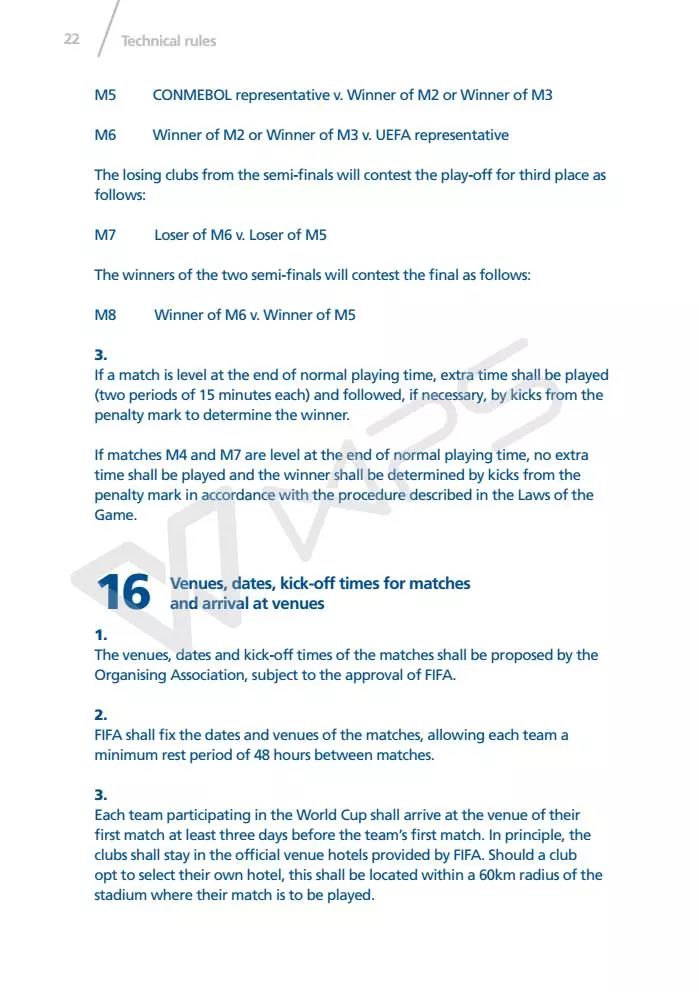
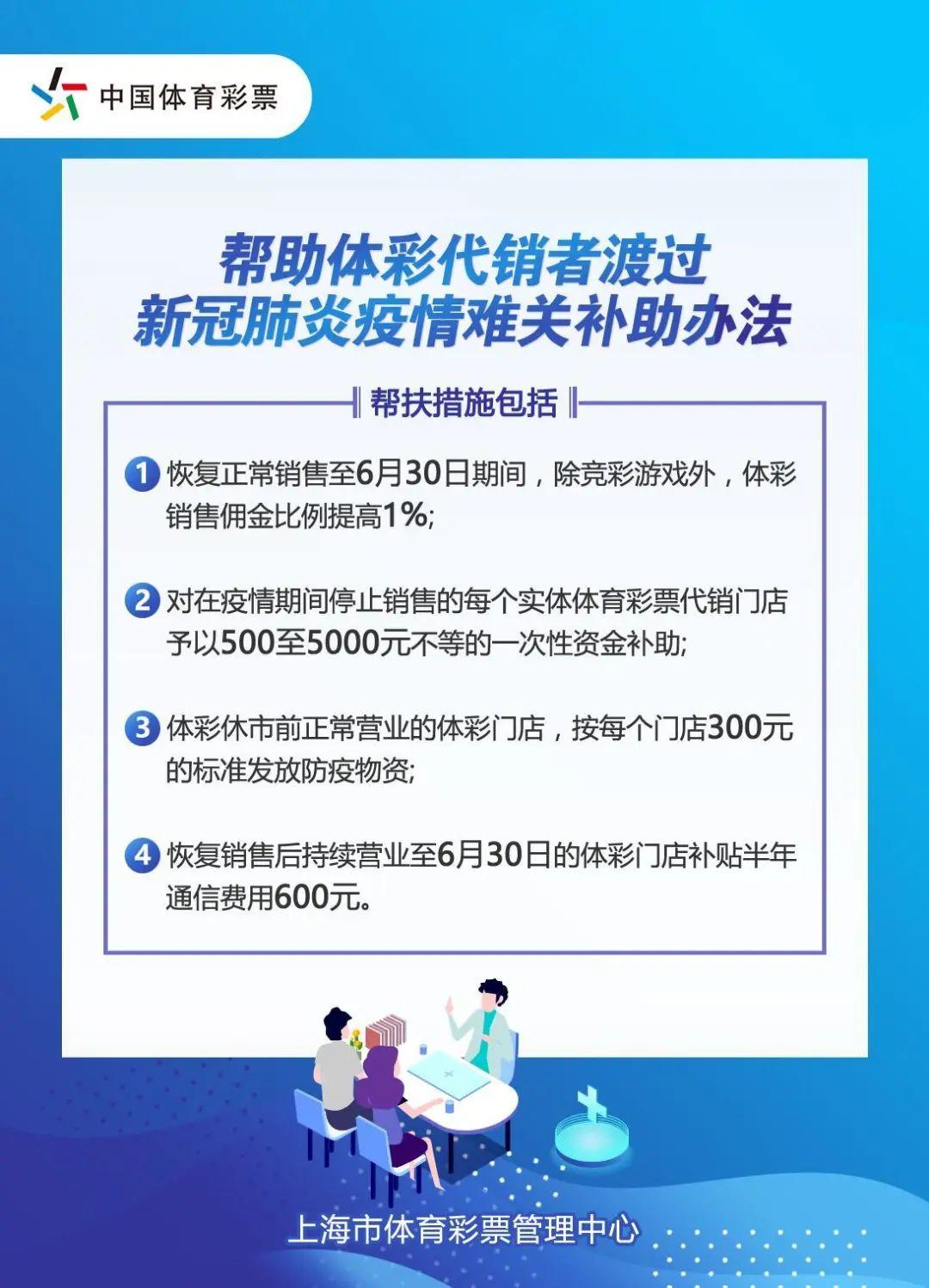
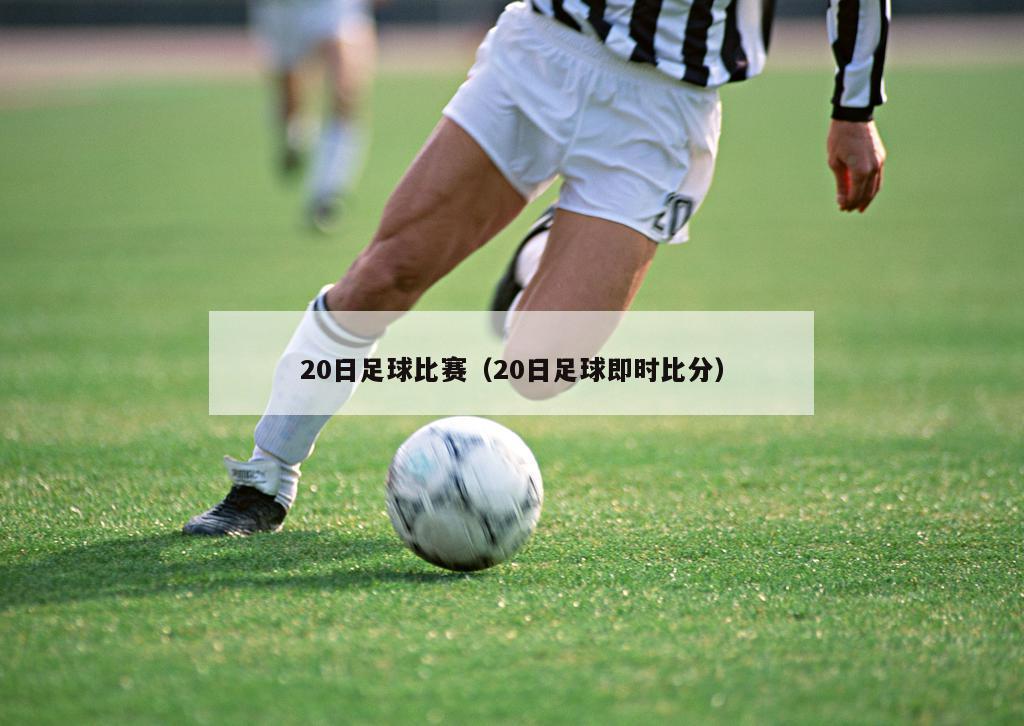


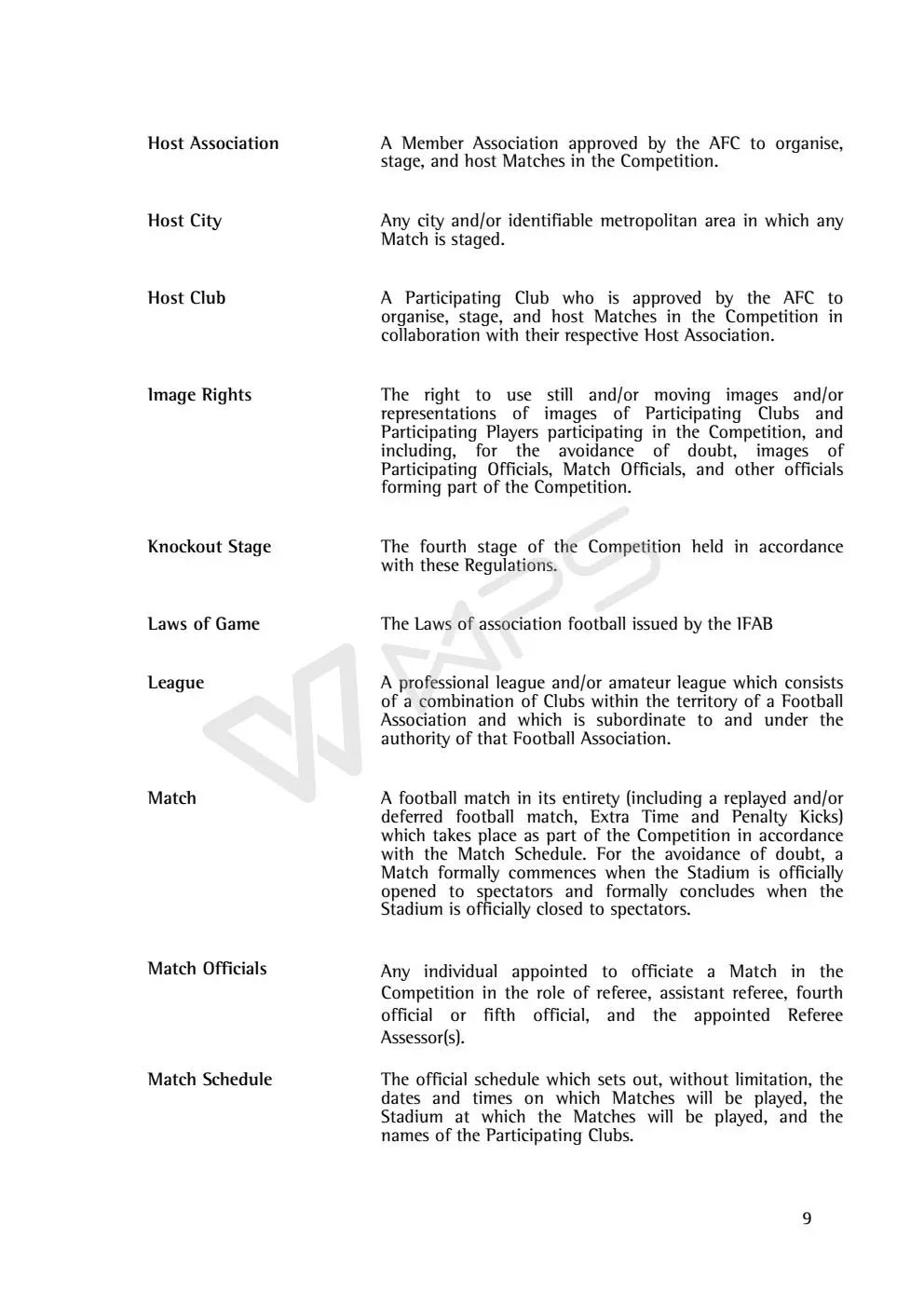

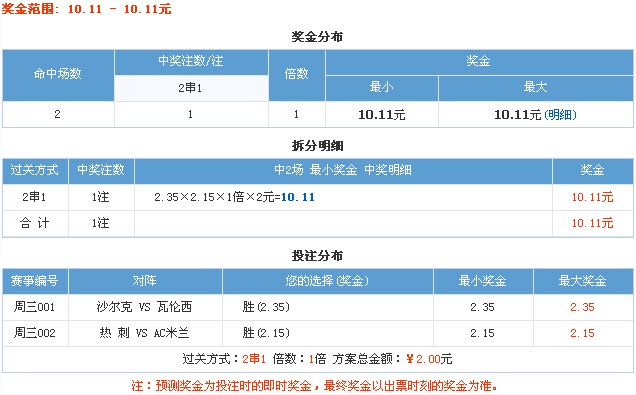
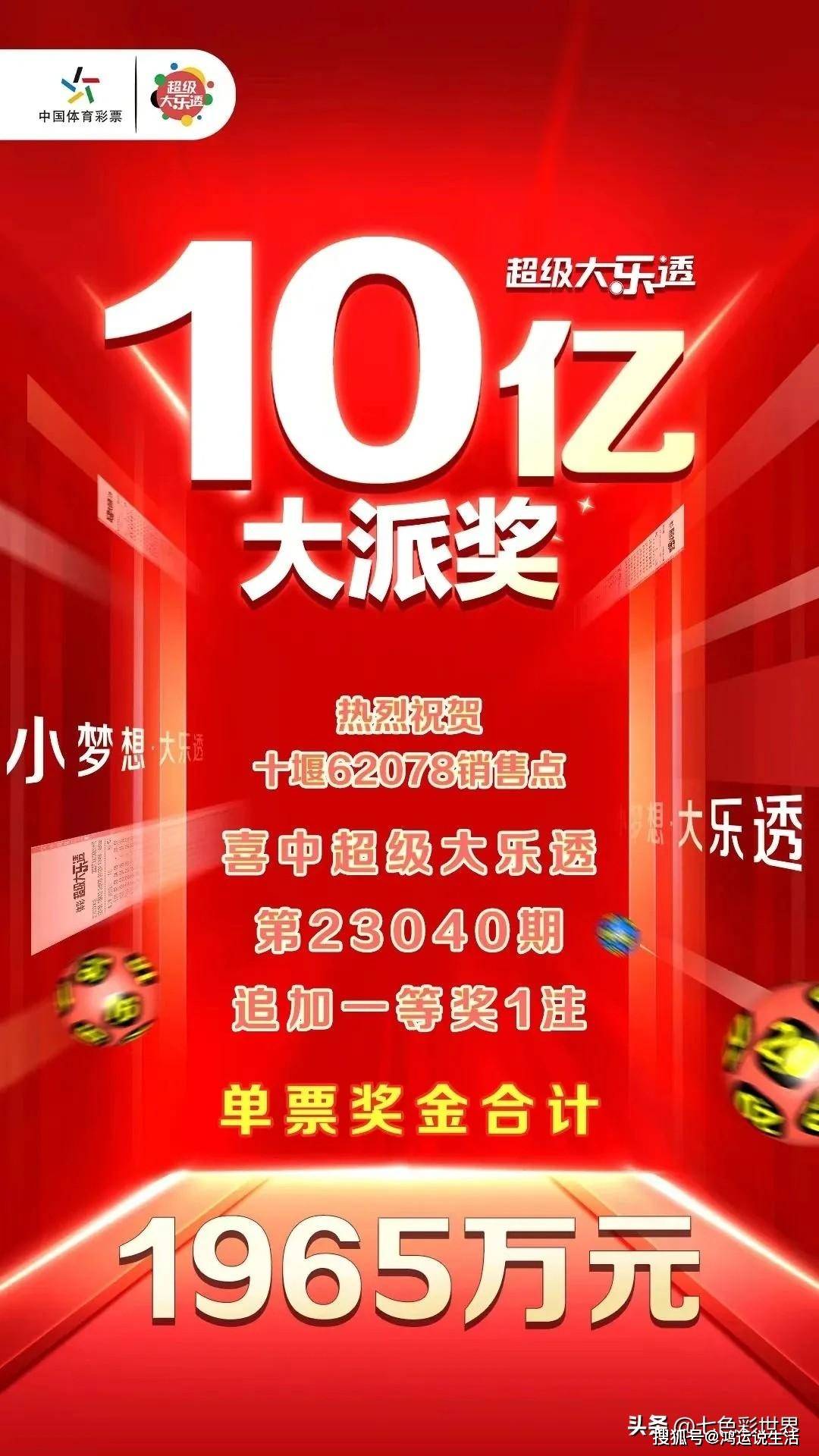


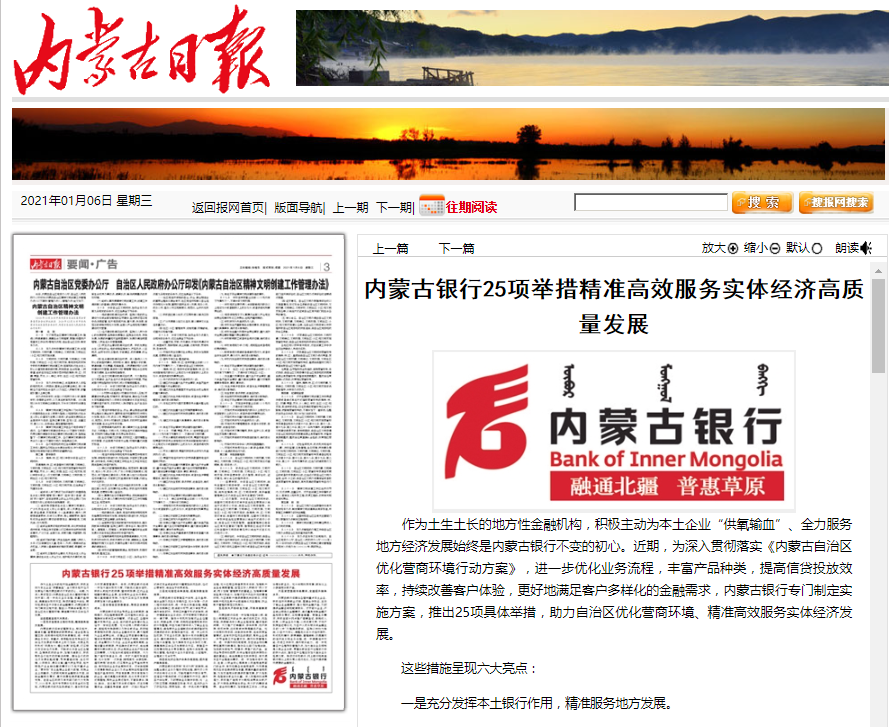
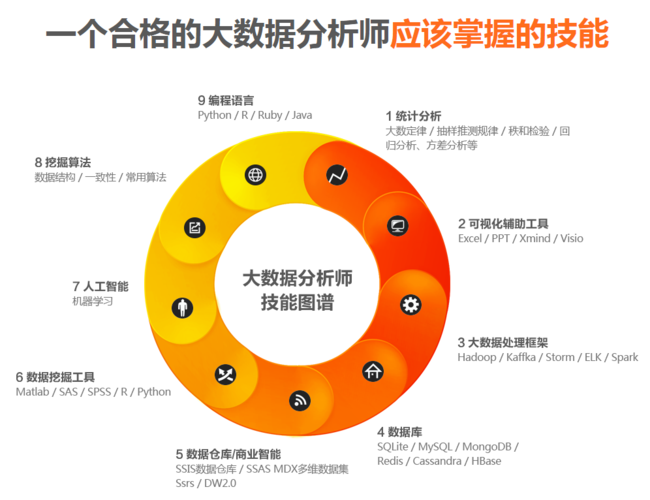


 京公网安备11000000000001号
京公网安备11000000000001号 京ICP备11000001号
京ICP备11000001号
还没有评论,来说两句吧...